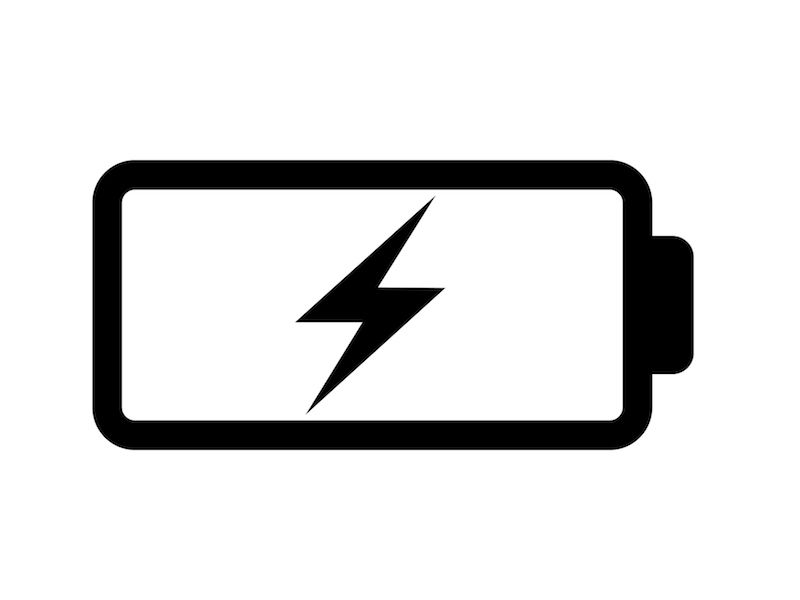
Rechargeable hearing aids are manufactured so that you’ll need to stress less about losing battery power, but the technology may also make you slightly concerned when you rely on your devices to hear. Do rechargeable hearing aids work as well as marketed or do they even work at all?
Those questions are understandable, as is the accompanying anxiousness. A hearing aid is often as necessary for the enjoyment of a tv show or a movie as it is for a trip to the grocery store or any other part of daily life. It’s important that a piece of technology functions properly and reliably, especially when it impacts so many aspects of life.
How Do I Know What Type of Battery I Have?
Most contemporary hearing aids have rechargeable batteries by default, so it’s likely if you bought your hearing aids recently, it has one of two kinds of batteries. Silver-zinc batteries, which have a battery door on the back of the device, are rechargeable, but every so often they have to be replaced. A Lithium-ion battery, however, will last throughout the life-cycle of the hearing device and, as such, those devices will not have that distinguishing battery door.
Rechargeable Hearing Aids Need Special Care
For the most part, rechargeable hearing aids do work, and they work well. As battery technology has improved in the last few years, the dependability of these devices has increased considerably. And, like any other electronic device, however, there are a few easy maintenance procedures that users can take to improve the dependability of their rechargeable hearing aids.
- The Charging Station is Where Your Hearing Aids Should be Stored: If you regularly store your rechargeable hearing aids on their recharging station you can extend the life of your battery. Charging a battery that is not completely drained does not reduce long-term battery life. Actually, you can actually increase the battery life by making certain your hearing aids are charging while not in use. A simple reminder, for many people, to charge their device when it’s not used, is to set the charging station on a table next to their bed.
- Keep Your Hearing Aids Clean and Dry: No matter how often you use or do not use your hearing aids, they have plenty of occasion to accumulate dust, debris, and moisture. Any combination of these three things can undercut the capacity of your battery and can obstruct charging as much as it needs. That’s why it’s crucial to keep your hearing aids clean and dry specifically when connecting your hearing aid to its charging station.
- Be Mindful of Wires: Either the hearing aid itself or the charging station will contain some type of wire element on most hearing aids. Being mindful of these wires is crucial for hearing aid users; do not pull or hold your device by these wires as this can damage the connections that enable your hearing aid to charge.
How to Change a Rechargeable Battery
If you have lithium-ion batteries, they should last as long as your device does. Because of this, you shouldn’t have to worry about changing those batteries. Your hearing aids can then be simply charged as long as necessary.
Hearing aids that rely on silver-zinc batteries, however, may call for new batteries periodically. Changing batteries in the right way can help increase the lifespan of your hearing aids. Because of this, hearing professionals recommend the following:
- Make sure you have a dry, room temperature spot to keep your batteries.
- Ensure that your battery compartment is free of moisture and clean.
- Don’t eliminate any packaging or plastic tabs until you’re ready to use batteries.
- Let the batteries sit out at room temperature for at least five minutes before removing any tabs that may be attached.
- Ensure you wash your hands before changing your hearing aid batteries.
Long Periods of Non-Use
If you are planning not to use your hearing aids for long amounts of time, leaving them on the charger might no longer be the best manner to store your devices. If, for example, you know that you will not be wearing your hearing aids for several weeks or months, you can just disconnect the charger and store your hearing aids in a dry and cool spot.
If your hearing aids use silver-zinc batteries, you might also think about leaving the battery door open so that you can prevent moisture from corroding your batteries.
Rechargeable for Everyday Use
For most individuals, and for day to day use, charging your hearing aids once per day should be sufficient for all of your requirements. To get 24 hours worth of battery life with a lithium-ion battery will usually only require 3-4 hours per day.
Do rechargeable hearing aids work? They don’t only work, they are becoming more common every day. To see all the different models, contact your local hearing aid retailer.